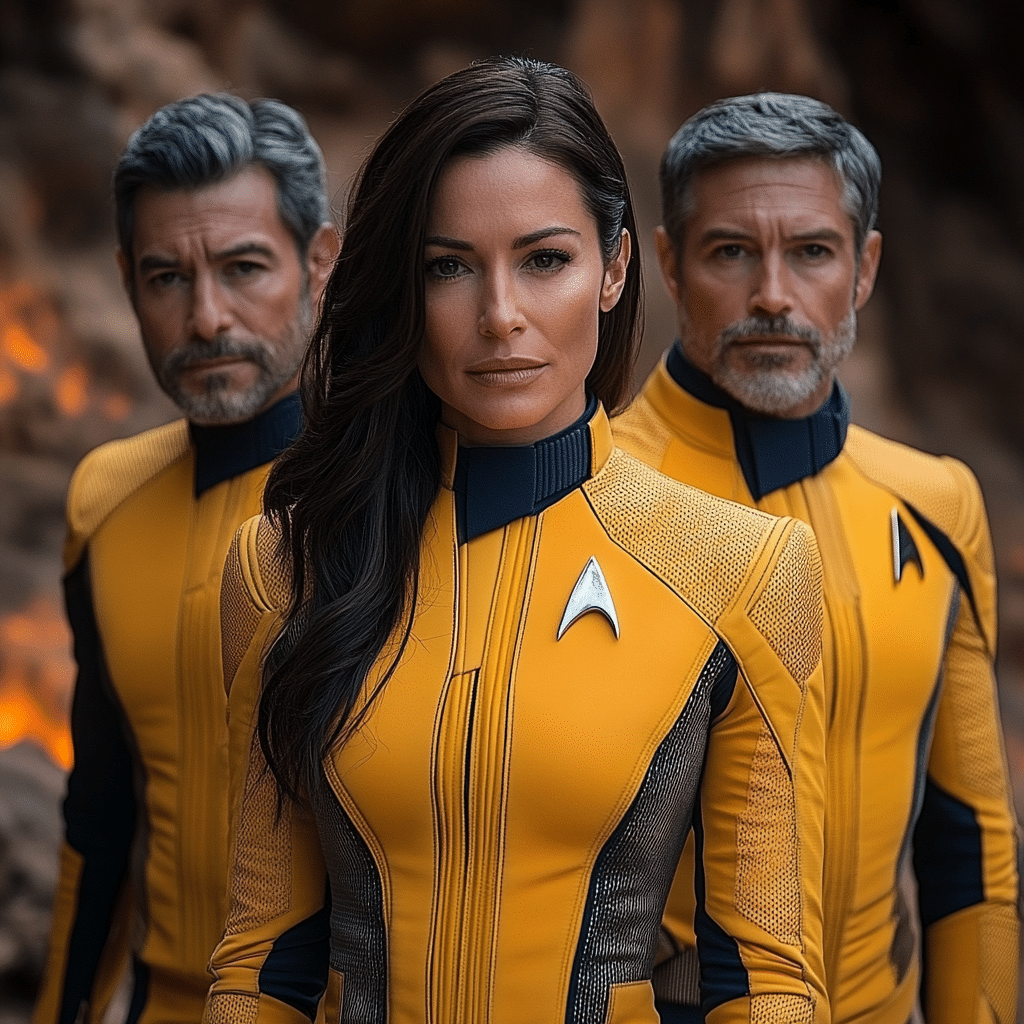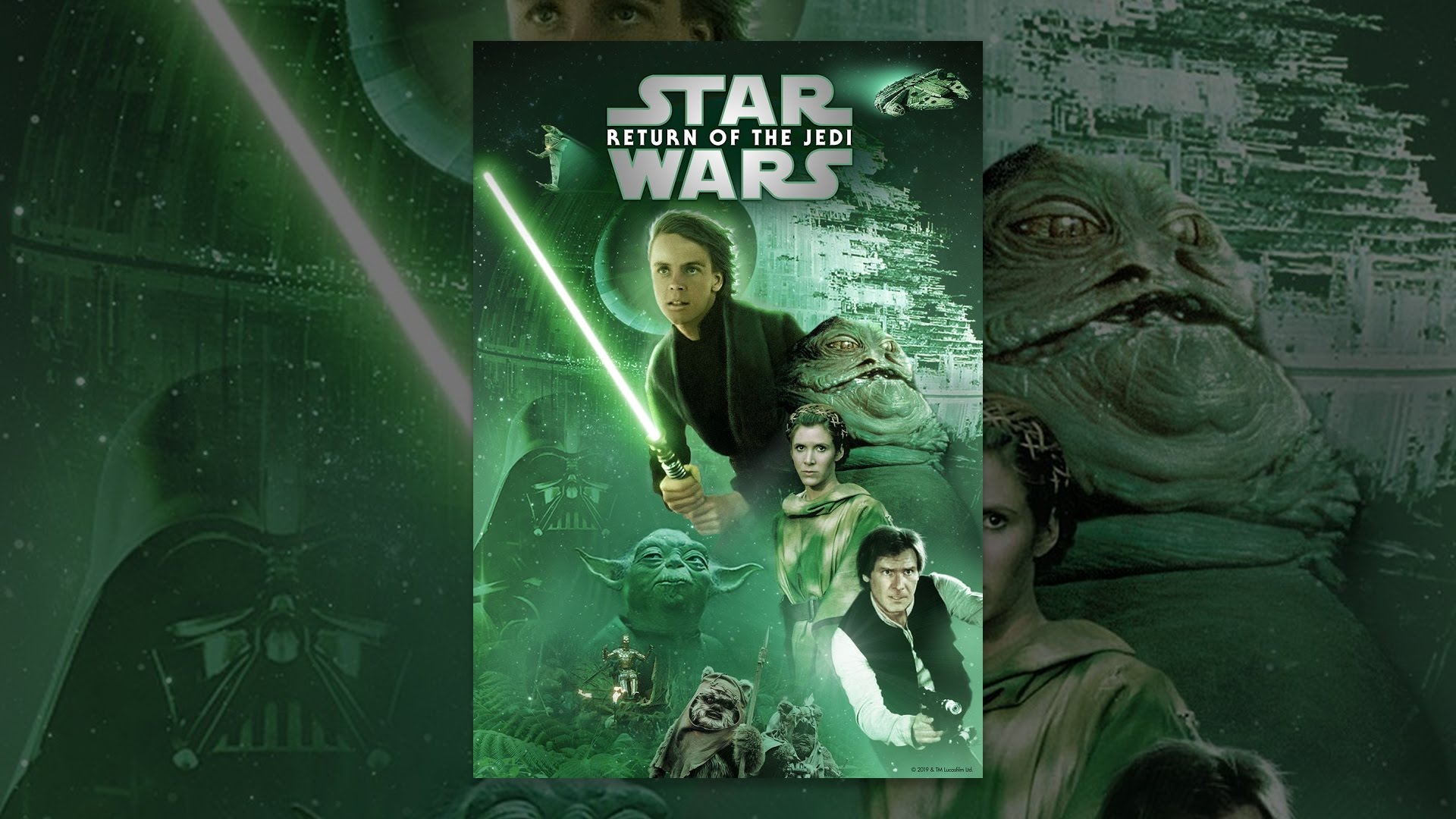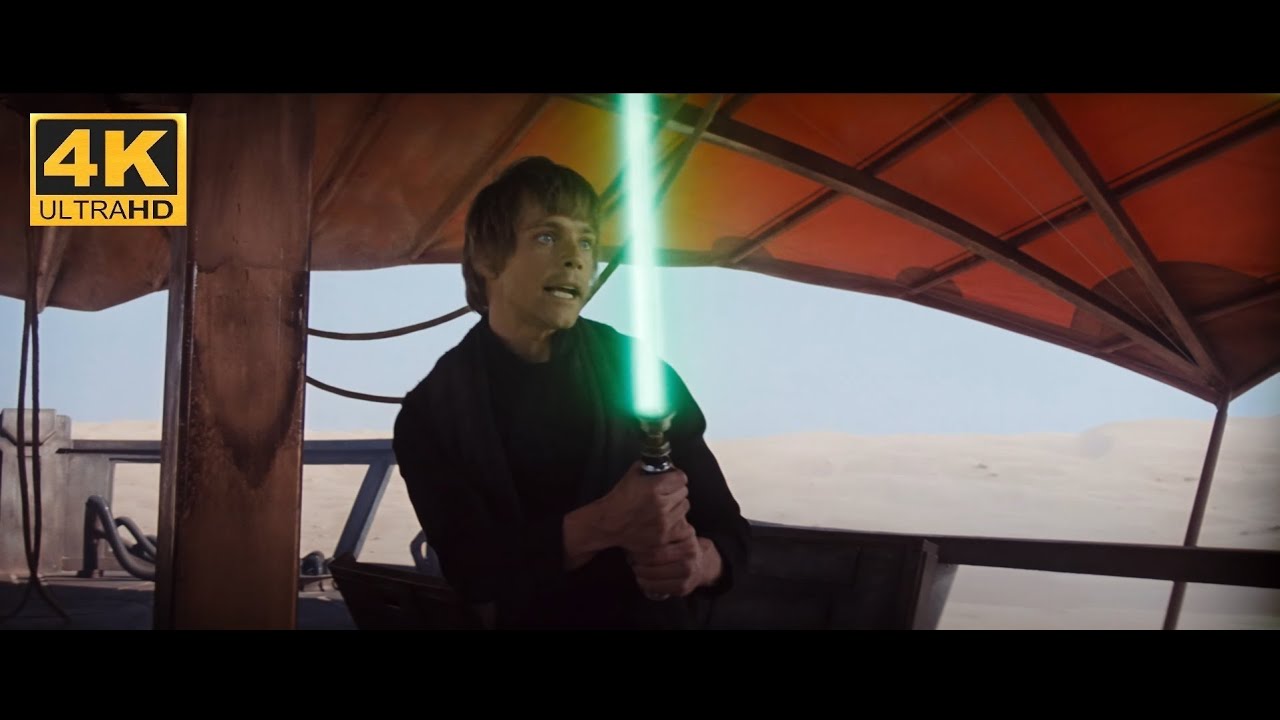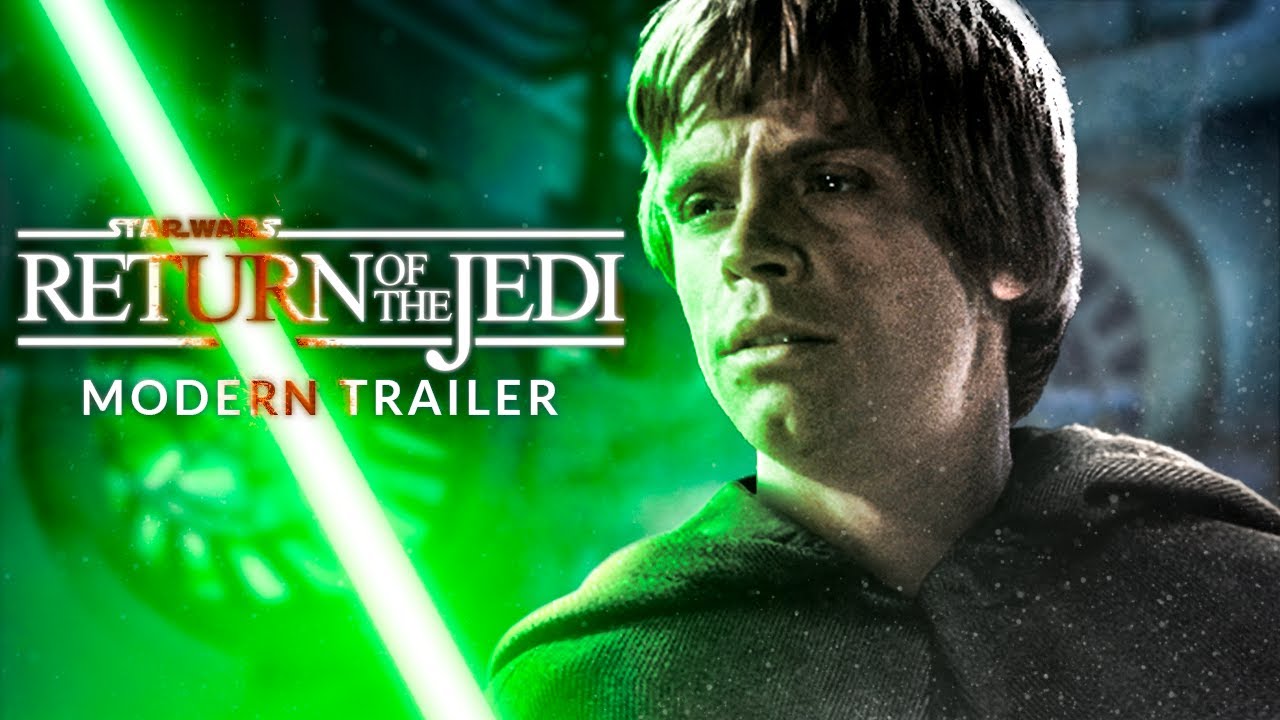In a galaxy far, far away, “Return of the Jedi” emerged as a game-changer, reshaping not just the Star Wars saga but the entire film industry. Released in 1983, this third episode of the original trilogy became more than just a movie; it became a cultural phenomenon, influencing genres, storytelling techniques, and even marketing strategies. Today, we’re diving into the ways “Return of the Jedi” transformed cinema, leaving a lasting legacy felt in everything from Hollywood blockbusters to indie gems like The Lego Movie. Buckle up as we blast through the seven groundbreaking impacts of this iconic film!
7 Ways Return of the Jedi Changed Cinema Forever
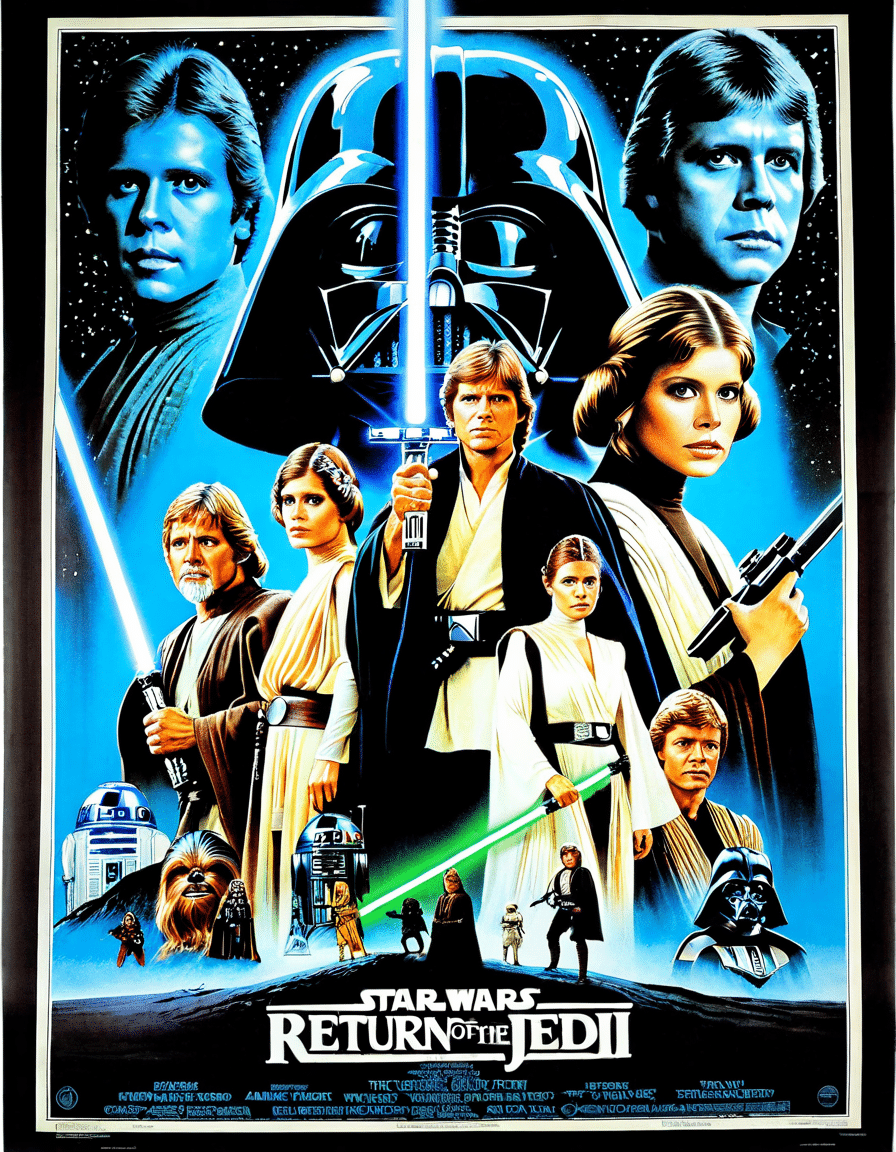
1. Innovative Timelines and Sequels
“Return of the Jedi” proved sequels could be more than a regurgitation of the first film. It was a masterclass in narrative evolution, demonstrating that sequels could elevate a story and enrich world-building. The film’s success opened the floodgates, leading to franchises that are now a staple in the industry. Just look at the marvel that is the Marvel Cinematic Universe; their systematic approach draws heavily from the template set by the Star Wars saga.
2. Merchandising Models and Consumer Engagement
The merchandising strategy for “Return of the Jedi” became a blueprint for future studios. From action figures to themed breakfast cereals, the film created a revenue model that changed how studios engage with fans. Companies like Hasbro transformed toys into a cultural trend, allowing products to become collectibles. The success of this model has been emulated in virtually every major franchise—you can’t walk through a toy store without seeing influences from Star Wars, like the Lego playsets designed to create immersive play experiences.
3. Diverse Character Development
“Return of the Jedi” showcased multidimensional characters that audiences could connect with. Princess Leia stepped out of the trope of the damsel in distress, becoming a leader who embodies strength and resilience. Characters like Lando Calrissian added layers that set a high bar for storytelling, prompting movies to develop more nuanced characters. Even in the latest Star Wars: Outlaws game, the depth and complexity of its characters echo the legacy kickstarted by this film.
4. Cinematic Techniques and Special Effects
The film pushed the boundaries of special effects with its innovative use of practical effects and puppetry. Visual effects powerhouse Industrial Light & Magic crafted groundbreaking sequences that changed the game forever. “Return of the Jedi” set new technological standards that inspired subsequent cinematic masterpieces. Just think of “Jurassic Park,” where the advancements in special effects kept audiences on the edge of their seats.
5. Themes of Redemption and Hope
A standout aspect of “Return of the Jedi” is its intricate balance of darker themes and uplifting narratives. The journey of redemption portrayed through characters like Darth Vader and Luke Skywalker has had a ripple effect across generations of films. This motif of hope interspersed with conflict remains a significant part of storytelling, influencing works from dramas to light-hearted flicks. You can definitely see how this theme plays out in modern films, emphasizing humanity even in the most dire of circumstances.
6. Building a Community Around Fandom
The film was a cornerstone in fostering a passionate community of fans. These followers didn’t just watch Return of the Jedi, they lived it. Through conventions, cosplay, and online forums, fans created a vibrant subculture that shaped the film’s legacy. Today, events like Comic-Con thrive because they build on the enthusiasm kindled by films like this. Without that community, franchises like Star Trek might not enjoy the same cult status.
7. Diverse Storytelling in a Franchise Context
“Return of the Jedi” laid the foundation for diverse storytelling within a larger narrative. It inspired filmmakers to explore various avenues, including animated series, spin-offs, and sequels that expand upon established lore. You see this illustrated in both the Star Wars and Star Trek franchises—each offering fresh narratives while staying true to their core identities. The room for creativity within these universes has become a blueprint for modern storytelling.
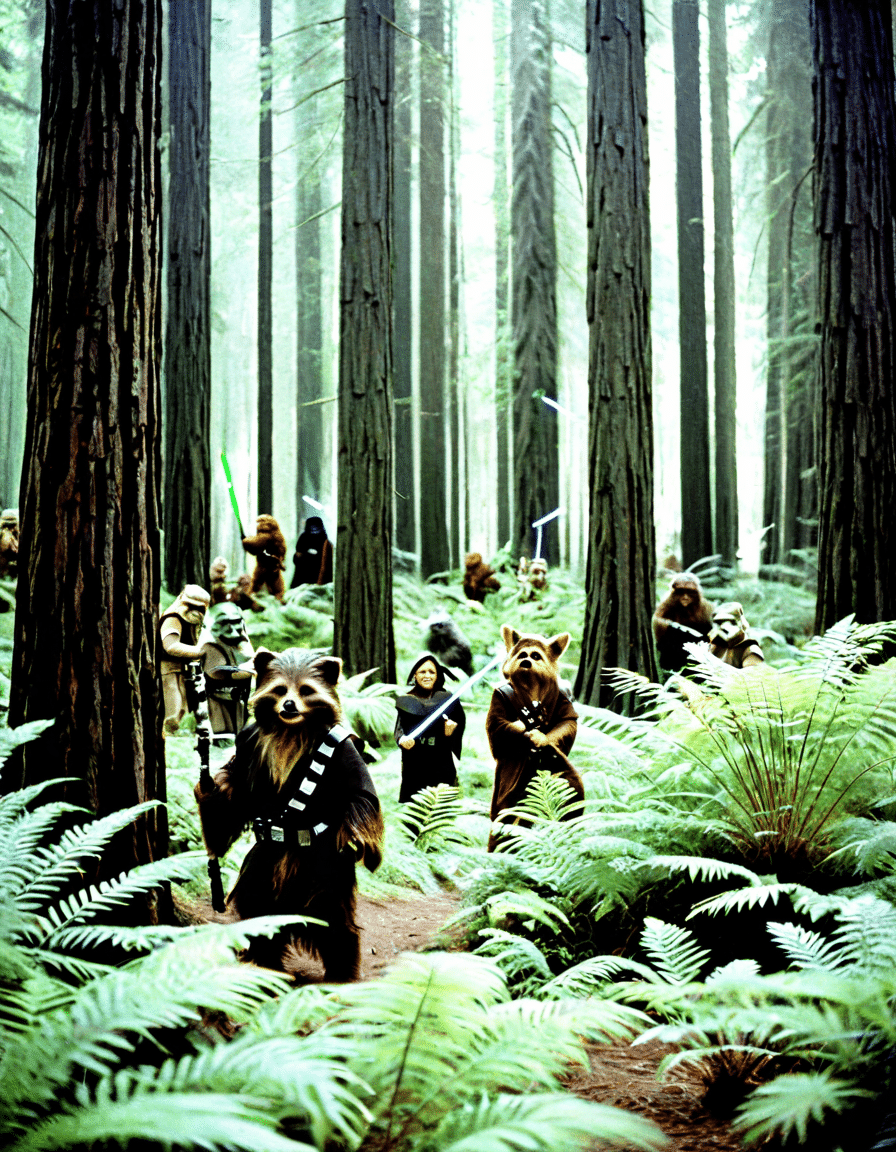
The Legacy of Return of the Jedi in Today’s Cinema
Fast-forward to 2026, and the influence of “Return of the Jedi” is unmistakable in today’s cinematic landscape. This film didn’t just revolutionize Star Wars; it has echoed through major cinematic movements and sparked inspiration in indie films and reboots alike. Directors and screenwriters frequently nod to the tropes and techniques pioneered by Return of the Jedi, resulting in films that capture that original magic while breaking new ground.
Consider how filmmakers are now integrating elements from successful past franchises. Whether through narrative strategies or innovative marketing models, many productions reflect the success blueprint established by Return of the Jedi. The spirit of exploration and creativity it ignited showcases not just nostalgia but an enduring influence that’s shaping the future of film.
As we look ahead, it’s clear that the narrative constructs and marketing strategies introduced by “Return of the Jedi” will continue to inspire filmmakers around the globe. The Jedi may have returned to restore peace in the galaxy, but it’s this groundbreaking storytelling that forever changed how we experience and embrace cinema. With each new generation enjoying the adventure, it’s safe to say that the legacy of “Return of the Jedi” is one that will continue to thrive as a beacon for filmmakers and movie lovers alike.
Return of the Jedi: Adventure That Changed Cinema Forever
Legendary Behind-The-Scenes Moments
“Return of the Jedi” wasn’t just a film; it was a monumental adventure in cinema history. Did you know the movie’s original title was “Revenge of the Jedi”? George Lucas ultimately changed it because “revenge” didn’t align with the Jedi ethos. This strategic choice paved the way for a deeper understanding of the Jedi philosophy. Speaking of high stakes, the scene where Luke confronts Darth Vader was filmed with an intensity that rivals even a dramatic moment in a Cyndi Lauper music video. The emotional weight hung heavily in the air, making it an unforgettable cinematographic experience.
Interestingly enough, much of the film’s success hinged on groundbreaking special effects. The arrival of the Imperial fleet included so many models that one might argue it was unthinkable to achieve such grandeur before—check out the extensive behind-the-scenes methods used that nearly took a leaf from Eddie Izzards comedic timing! Additionally, the rancor pit scene created strong reactions, making audiences squirm and cheer all at once. These pioneering techniques set a new standard, influencing countless films thereafter.
Influential Cast and Crew
The cast of “Return of the Jedi” brought characters to life in a way that resonated with viewers worldwide. Harrison Ford reprised his role as Han Solo, but did you know that Mark Hamill influenced the casting of other roles? His dedication and passion made it possible for characters like Mon Mothma to take center stage, highlighting the importance of strong female leads in film. While discussing pioneering performances, let’s not forget Jamelle Bouies insightful critiques that emphasize how representation matters in every genre, much like the diverse casts we see today.
Moreover, music plays a crucial role in maintaining a film’s emotional arc. The Return of the Jedi score by John Williams included motifs that hark back to the previous films, sowing seeds of nostalgia while pushing the story forward. Many industry professionals, including those who’ve propelled bands like AC/DC, would argue that unforgettable themes often linger in the audience’s hearts—much like a favorite song. Today, the themes of the Star Wars saga remain anthems among fans.
Cultural Impact and Legacy
The impact of “Return of the Jedi” rippled through pop culture in ways we’re still feeling today. Its iconic imagery has even made its way into modern discussions, such as the Silk Road and its intersections with digital culture. This film doesn’t just sit on its pedestal; it sparks conversations and analyses, akin to breaking down the greats like Jerry Stackhouses basketball techniques or digging deep into Ariadna Gils riveting performances. Each aspect builds an intricate tapestry of influence that shows how cinema and culture intertwine seamlessly.
Even the film’s merchandising laid groundwork for what we see in franchises today. The concept of both expanding narratives and creating collectible merchandise has its roots firmly buried in the Star Wars legacy. Just as tech progresses with innovative devices like the Oppo Reno 12, cinematic storytelling continues to evolve, thanks in no small part to Return of the Jedi, making it a timeless classic that influenced a generation of filmmakers and fans alike. Whether you relate to its battles of good versus evil or vividly remember the first time Yoda wielded his lightsaber, the adventure of “Return of the Jedi” endures and echoes through the annals of cinema history.
